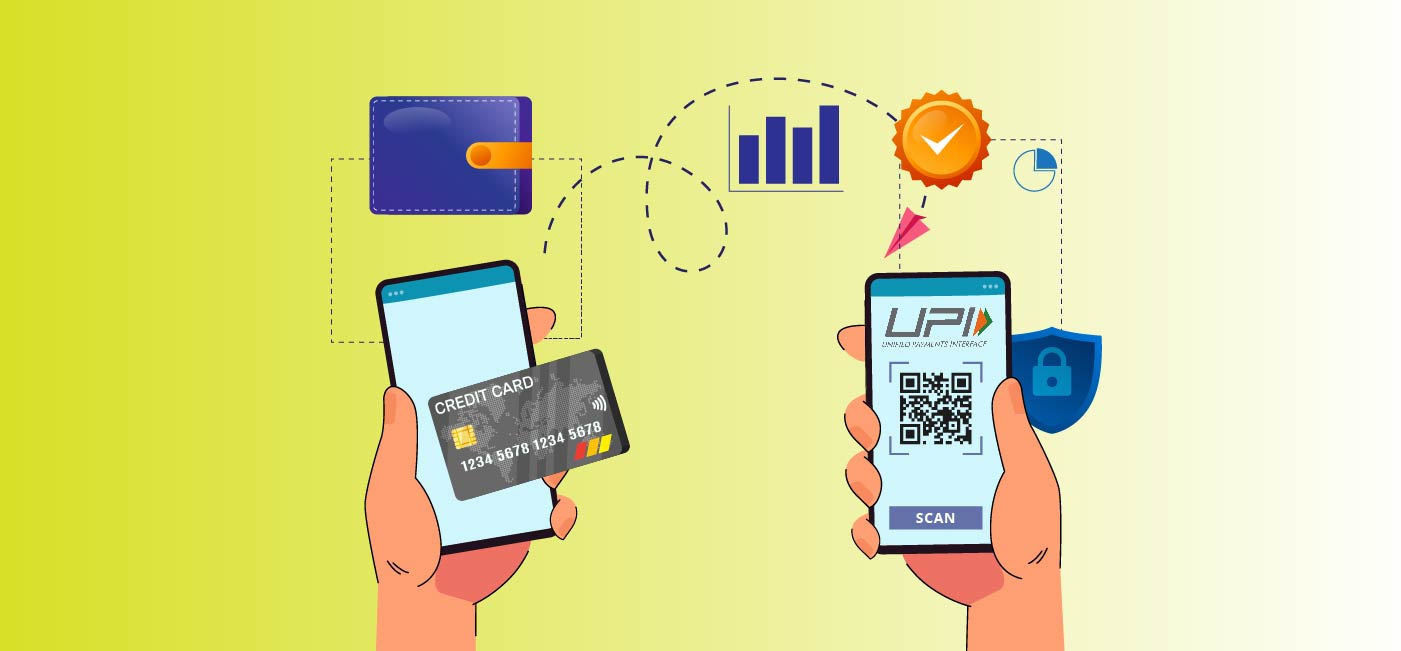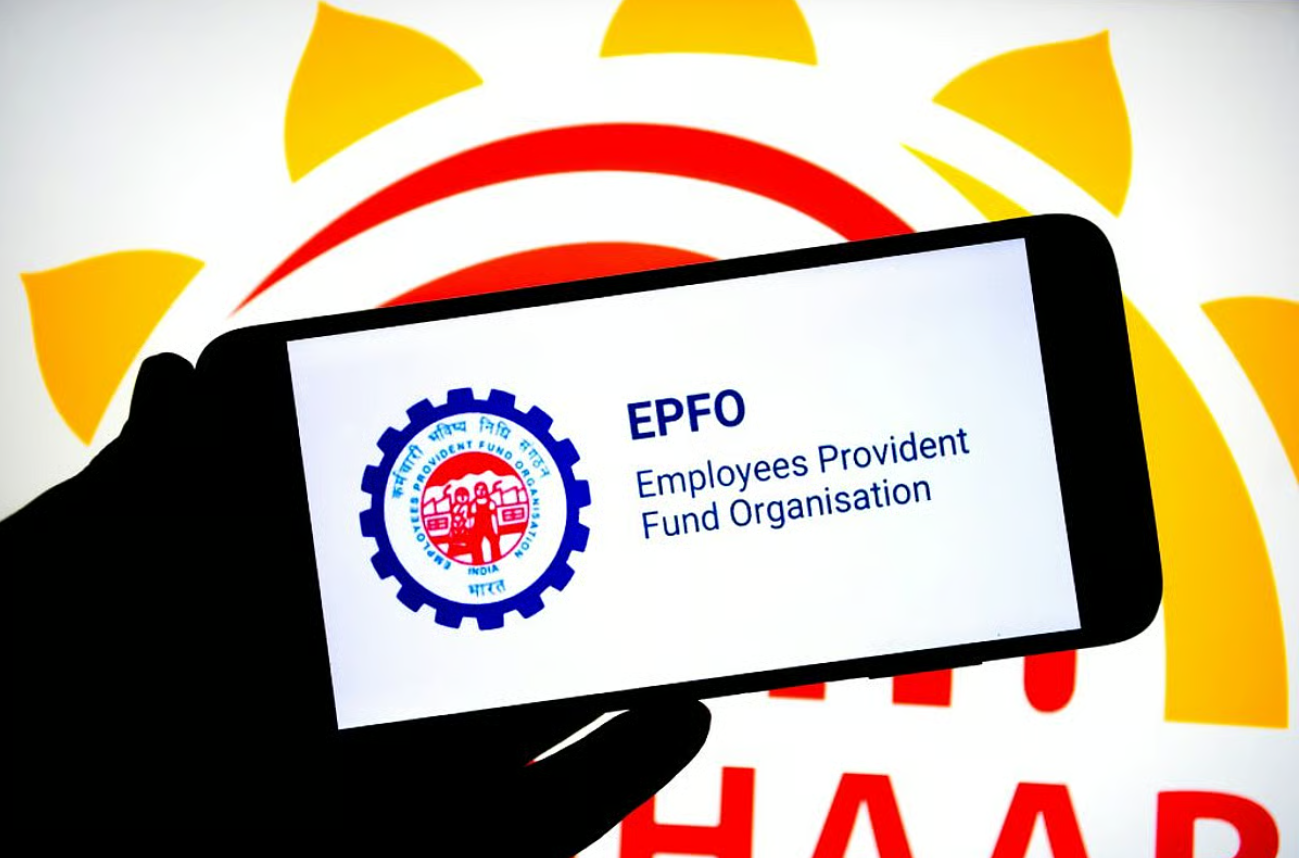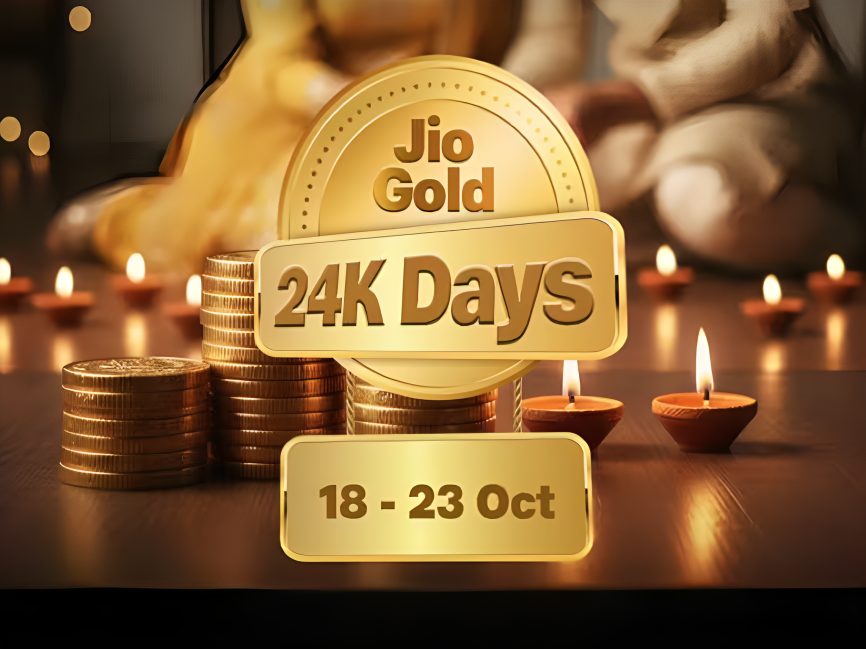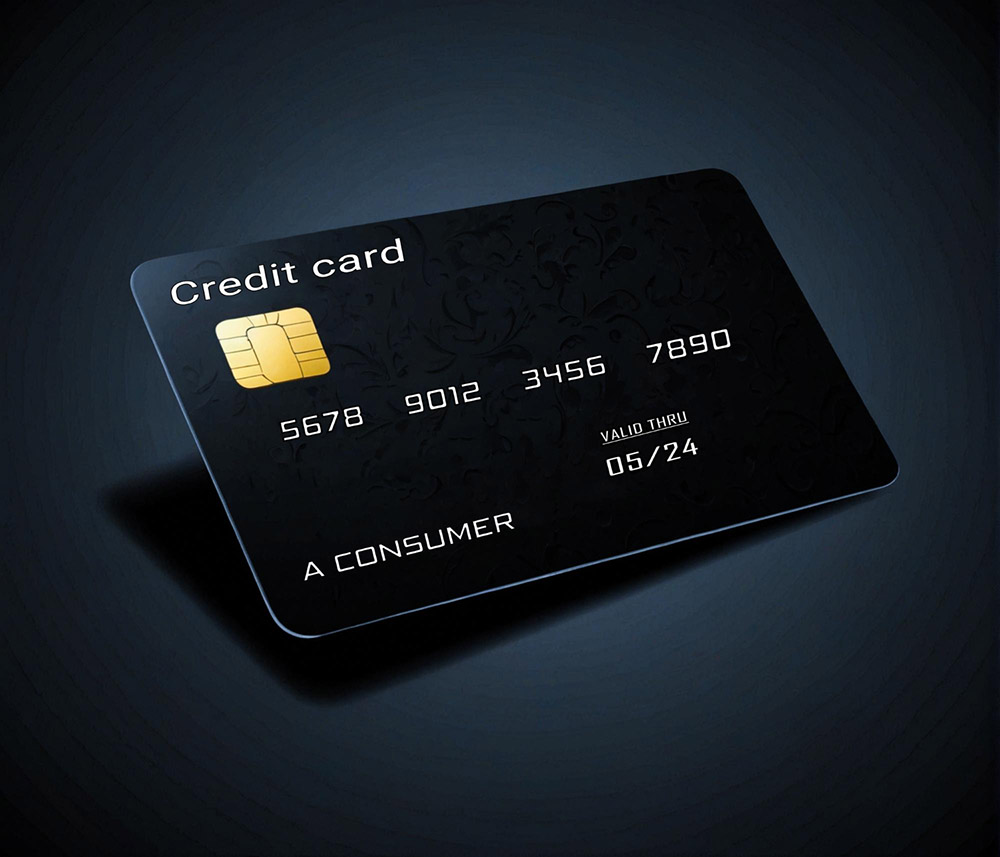The launch of UPI-linked credit cards is shaking up the Indian payments ecosystem. With giants like RuPay, HDFC Bank, and SBI Card now offering credit card functionality via UPI, the convenience is undeniable. But is swiping your credit card with a QR code too good to be true?

Let’s start with how it works. A UPI credit card lets you link your regular credit card to a UPI app like PhonePe or Paytm. When you scan a QR code at a merchant, the amount gets charged to your credit card, not your savings account. No need to carry a physical card, no PIN entry, just one tap.
Sounds perfect. But the problem starts when convenience kills caution.
Unlike regular UPI payments where you feel the money leaving your account instantly, credit-based UPI gives a false sense of liquidity. Many users start treating their credit limit like income and spend beyond what they can repay. The result is bill shock at the end of the month and high-interest EMIs if they cannot pay in full.

Moreover, UPI credit cards currently work mostly for offline merchant payments. For online use or person-to-person transfers, you’re still restricted. And since these are credit transactions, your repayment history gets reported to credit bureaus. A missed payment affects your score.
That said, when used with discipline, UPI credit cards can help build a credit history, unlock card offers, and streamline payments. But you must set spending limits, track usage weekly, and clear dues fully every month.
As India moves toward digital credit, users must evolve too. Credit is a tool, not free money. Use it wisely and it can work in your favor.
Want the truth behind the newest credit trends? Follow You Finance on Instagram and Facebook for expert insights that protect your wallet.















